Direct restoration of teeth
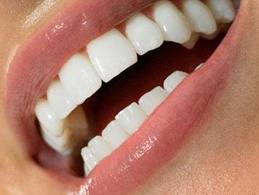
Direct restoration of teeth is recoverye lost tooth tissue directly in the patient’s oral cavity.
The direct restoration method is most often used to treat teeth falling into the smile line.
To restore teeth by direct method, photopolymers (light-curing filling materials) are used.
Direct restoration is carried out by a dentist.
In some cases, direct restoration of the front teeth is almost the only way to make the smile irresistible, while preserving the maximum number of tissues of the restored tooth.
- Direct restoration of teeth is indicated not only for affected teeth, but also for absolutely healthy ones, with irregularities, attrition, or in the presence of wide interdental crevices.
- Thanks to restoration, the color, gloss of enamel, as well as the shape of teeth that have damage, are restored, defects in tooth enamel are eliminated.
- Modern technologies allow tooth restoration even if only the root is left from it.
Materials
Composite materials used in the process of tooth restoration are convenient and flexible in work and are able to take the necessary shape prescribed by the dentist.
Thanks to the use of photopolymers, it is possible:
- Restoring the color and shape of the tooth.
- Align tooth surface.
- Correct its position in the dentition.
- Reduce or remove interdental spaces.
Stages
Direct restoration of teeth with light-cured composite materials is carried out in one medical appointment.
But the process of tooth restoration itself involves several stages.
Preparatory
- At this stage, hygienic brushing is carried out using a nylon brush and polishing toothpaste.
- The color of the photopolymer is selected using a special color scale.
- Anesthesia is performed.
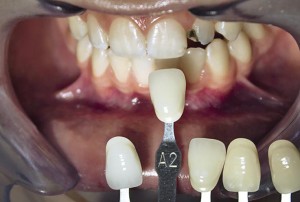
Preparation of a restored tooth
- Drilled, damaged as a result of caries, tooth tissue, or the previous restoration is removed.
- At the same time, gentle technology is used to maximize the preservation of tooth tissue.
Isolation of a restored tooth
Isolation of the tooth from the saliva and wet breathing of the patient is an important step in the restoration.
- Moisture has a negative effect on fillings from a light-curing composite.
- For insulation, cotton rolls, saliva ejectors are used.
- In recent years, cofferdam (latex shawl) has been used more often.
If the isolation technique is violated, the following undesirable consequences may develop:
- Deformation or loss of composite material under load or spontaneously.
- The development of secondary caries as a result of violation of the marginal fit of the seal.
Pin fixing
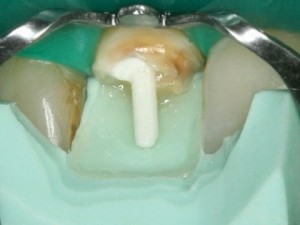
This stage is carried out depending on the clinical need.
- If restoration of the frontal group of teeth is carried out, the installation of a fiberglass pin will be preferable.
- Unlike metal pins, fiberglass structures allow the restored tooth to give a natural transparency.
Crown modeling
Tooth extension is performed by light-cured composite materials applied in layers, which maximally brings the appearance of the tooth to the natural.
Final stage
Using the burs, the final tooth shape is modeled, after which it is ground and polished.
Advantages and disadvantages
The advantages of direct restoration of teeth include:
- Indirect restoration of teeth is carried out in one visit to the dentist.
- The possibility of simultaneous restoration of a large number of teeth.
- Great aesthetic effect.
- Reliability of restoration.
- Long service life.
- The possibility of minor corrections to the shape, size or color of the tooth.
Among the disadvantages of tooth restoration with composite materials, the following should be considered:
- The patient requires a lot of strength and patience, since with a large number of teeth requiring restoration, it may be necessary to spend several hours in the dental chair.
- The presence of large labor costs at the dentist and assistant. The more complex the restoration, the greater the risk of defects that affect the duration of the restoration and aesthetic qualities.
- Teeth require more thorough care, they must be regularly polished so that they do not fade or lose their natural appearance. It is necessary to take a more responsible approach to the choice of toothpaste, it should be slightly abrasive.
- Some time after restoration, a slight discoloration of the tooth is possible.
Video: “Direct restoration of teeth”
Cost
Prices for direct tooth restoration are made up of several factors: the status of the dental clinic, the qualifications and experience of the dentist, the volume of restoration and materials used.
The cost of restoration in each case is calculated individually, depending on the condition of the teeth.
In any case, the price of direct restoration is not high and is within from 3000 up to 7000 rubles, including the cost of the initial examination, anesthesia.
| Service | Prices (indicated in rubles) |
| Primary dentist appointment | 500 |
| Anesthesia | 300 |
| Cofferdam overlay | 350 |
| Root canal filling | 1500 |
| Root canal filling | 1200 |
| Fiberglass pin | 1900 |
| Metal pin | 500 |
| Sealant restoration | 250 |
| Fissure sealing with composite material | 1400 |
| Grinding and polishing restoration | 260 |
| 1/3 tooth restoration with restoration of anatomical shape | 1800 |
| Restoration up to 1/2 tooth with restoration of anatomical shape | 2500 |
| Tooth restoration over 1/2 (including caries treatment) | 3800 |
Reviews
- I started having problems with my front teeth when I was 15 years old. Gradually, two teeth began to decay. Several times I had to put seals that regularly fell out. At first, I was going to put in crowns, but the dentist convinced me and offered to do a direct restoration. After a little thought, I agreed, since I could not afford ceramic crowns or veneers. They gave me two new teeth in one go. It took about two hours to restore. The procedure went without pain. I got used to my new teeth almost immediately. It has been two years since the restoration, I try to comply with all recommendations for care. I regularly visit the dentist for polishing teeth. Teeth like new.
- As a result, injuries left debris from the front teeth. Twice they tried to fix the situation with the help of filling, but as a result, the seals fell off. The next time I visited the dentist, he suggested that I restore two teeth with the help of pins with the subsequent extension of the tooth crown.Due to the professionalism of the doctor, the teeth, like real ones, are completely identical to natural ones. Over the past year, they have not changed color at all.
- My two front teeth did not look the best after a jaw injury. The crown of one tooth was chipped, and the other had a crack. After a consultation with a dentist, she opted for direct restoration with composite materials. The teeth were restored in a couple of hours, the result was excellent. For the second year I have beautiful teeth. I avoid cracking hard foods so as not to break the restoration, and also excluded from the diet coloring alcohol-containing drinks.
Photo: before and after
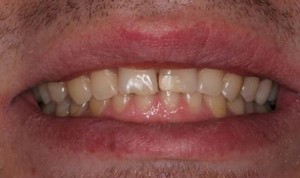 |
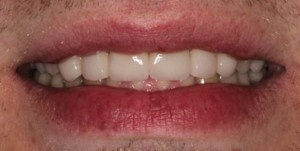 |
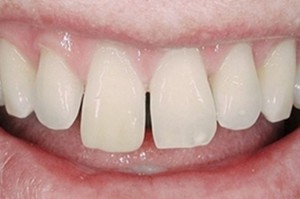 |
 |
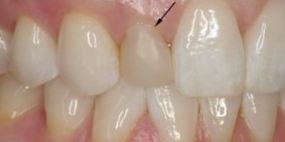 |
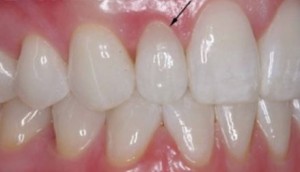 |